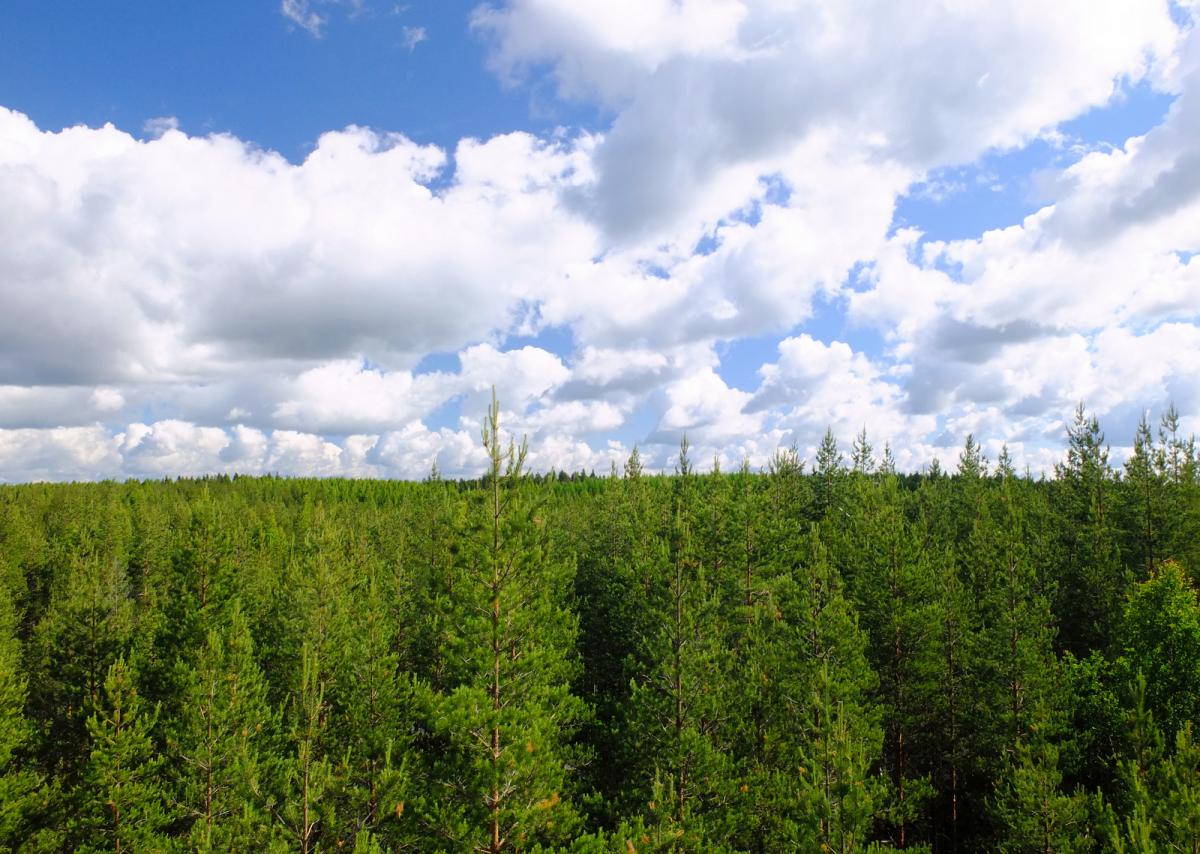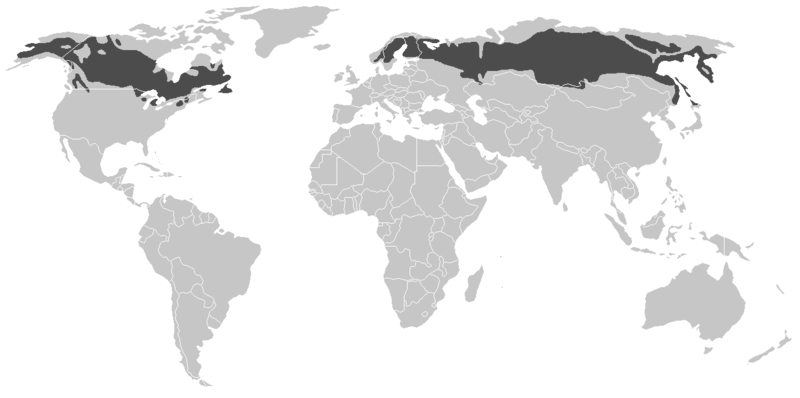A greenhouse gas is a gas in the atmosphere that absorbs and emits radiation within the thermal infrared range causing the greenhouse effect. Carbon dioxide (CO2) is one of the chief greenhouse gases. Its concentration has increased as a result from fossil fuel emissions (i.e. human activities). Plants absorb and release greenhouse gases and thus affect the atmospheric gas concentrations. The anthropogenic carbon dioxide in the atmosphere is partly absorbed by oceans and terrestrial biosphere such as forests.
Tree biomass consists of water, nutrients and carbon derived from the atmospheric carbon dioxide. In principle, the more living trees means less carbon dioxide in the atmosphere. The world’s forests remove 8.8 billion tons of carbon dioxide per year from the atmosphere – equivalent to nearly a third of annual fossil fuel emissions (Pan et al., 2011), and the global sinks continue to increase (Ballantyne et al. 2012) (i.e. oceans and forests take up more carbon dioxide as the atmospheric CO2 rises).
The presence of plants affect the climate also through albedo (i.e. reflectivity); the darker the ground surface, the less solar radiation is reflected back into space. Evaporation of plants affects the climate as well. Although water vapour is a greenhouse gas, the evaporation cools the climate locally.
References:
Pan Y., Birdsey R.A, Fang J. et al. (2011). A large and persistent carbon sink in the world’s forests, 1990-2007. Science. [DOI:10.1126/science.1201609]
Ballantyne A.P., Alden C.B., Miller J.B. et al. (2012). Increase in observed net carbon dioxide uptake by land and oceans during the past 50 years. Nature [DOI:10.1038/nature11299]


